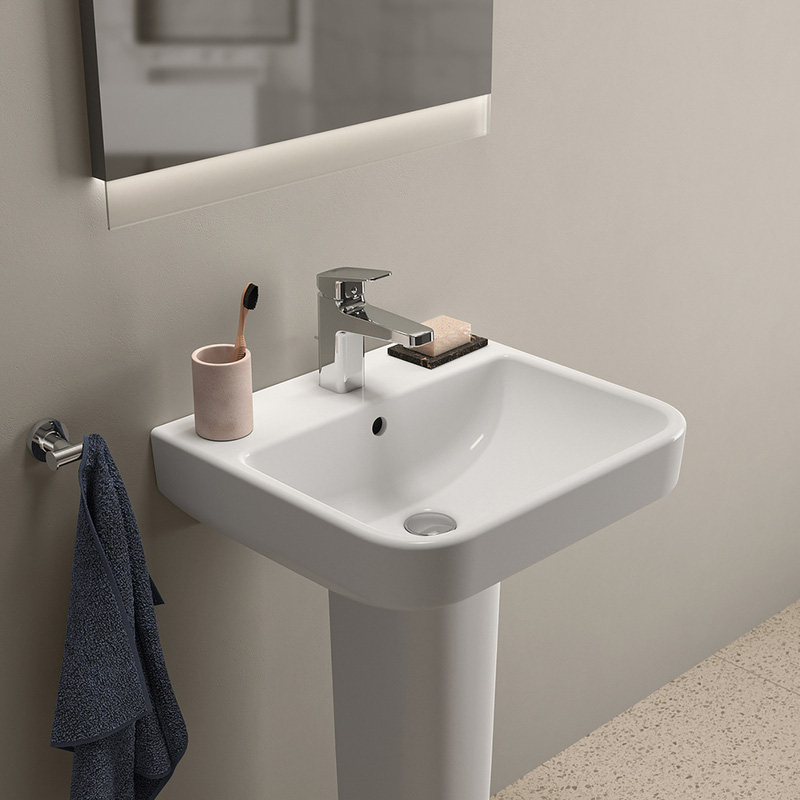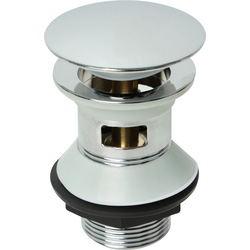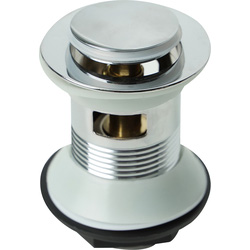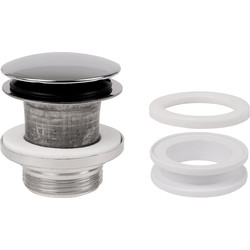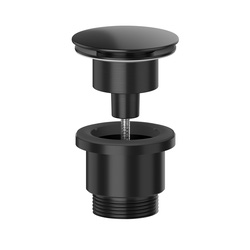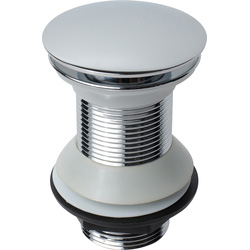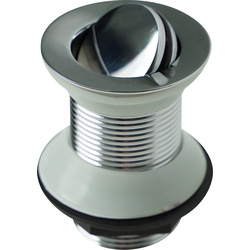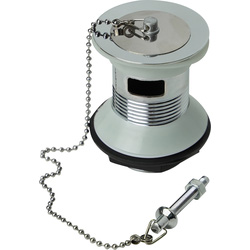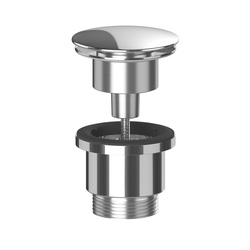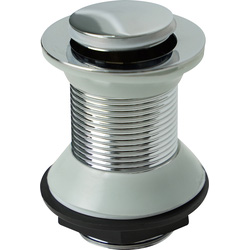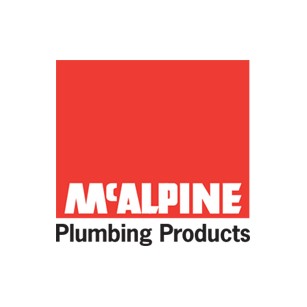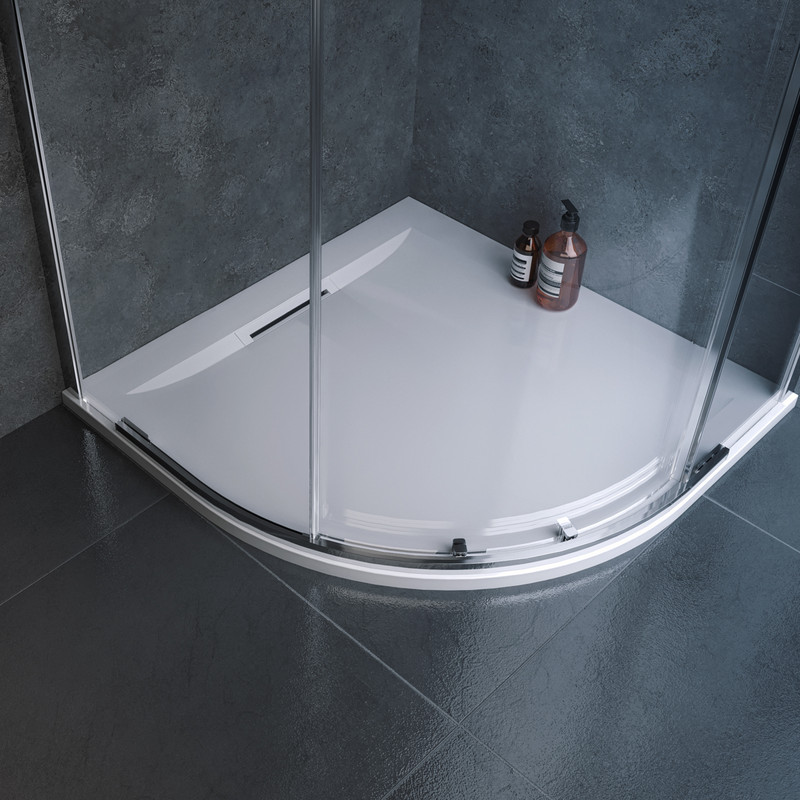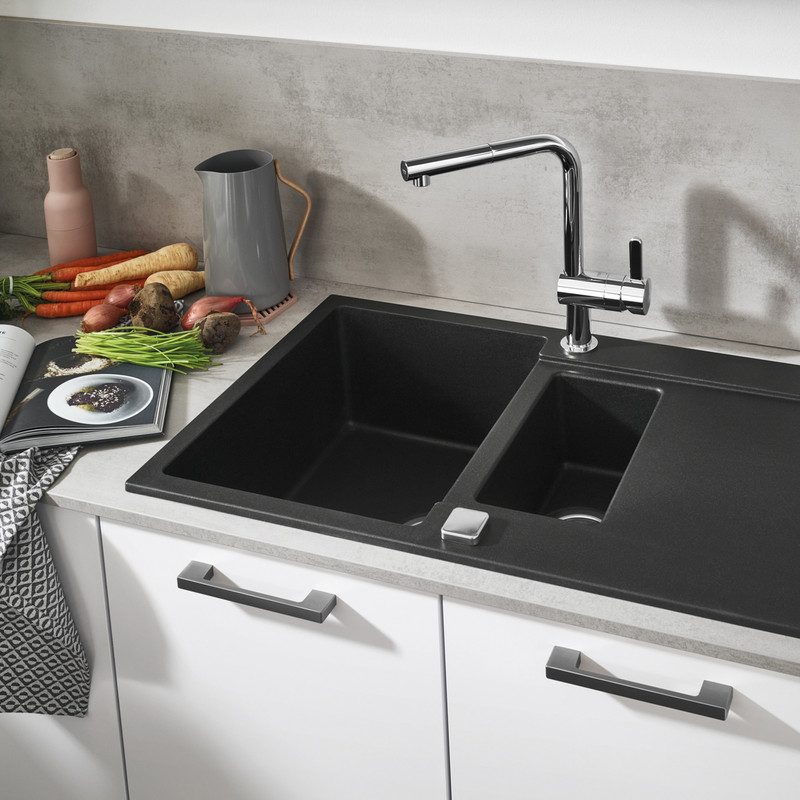Whether you’re undergoing a full bathroom refurb or simply updating a few features, choosing the right basin waste is essential for a hassle-free and stylish sink experience.
Basin wastes connect the sink to the waste pipes for seamless drainage of wastewater, and provide a way of sealing the sink so you can fill it up according to your needs.
The main consideration you’ll need to make once is whether you need a slotted or unslotted waste – which will depend on whether your sink has an overflow. Making the wrong choice could lead to flooding and expensive damage.
Slotted vs. Unslotted Basin Wastes
If your basin has an overflow (the small hole at the back of the sink), you’ll need a slotted basin waste as this allows overflow water to go down the drain to prevent flooding. Unslotted basin wastes are designed for basins without an overflow. If an unslotted waste was used with a basin that has an overflow, water would be able to flood up and out of the sink.
Types of Basin Wastes

Click Clack Basin Wastes
Click clack basin wastes work using a push-down stopper that closes off the waste so the sink can fill up. By pushing on it again, the water can drain away, offering an easy-to-use and convenient sealing mechanism.
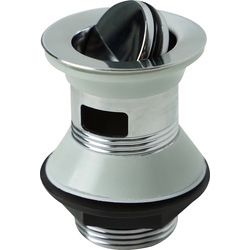
Flip Top Basin Wastes
Flip top basin wastes seal the water using a rotating disc – simply rotate it until it's flat against the bottom of the sink to allow water to fill up. Otherwise, flip it vertically to allow the water to drain away.
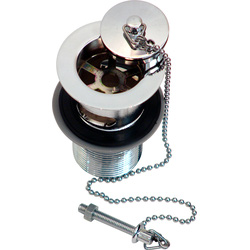
Plug and Chain Basin Wastes
The plug and chain style is the most traditional type of basin waste on offer. They feature a simple plug hole with a plug attached to a chain – simply slot the plug in and the sink is sealed. Lift the plug up using the chain, and the water will drain away.
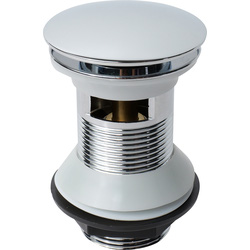
Free Flow Basin Wastes
Free flow basin wastes are those without any method of sealing the basin to fill it up to reduce the risk of flooding. Free flow basins can look very different depending on the style – they can be completely open, a classic grid-style, or may have a sleek, domed cover.

